By Nazanine Nouri
The Iranian-born, Montreal-based artist Abbas Akhavan has just opened an exhibition at London’s Chisenhale Gallery in which he has replicated a colonnade from Palmyra, the ancient Syrian heritage site which was partially destroyed by Islamic State militants in 2015.
For the exhibition — titled “Curtain Call, Variations On,” which ends Oct. 17 — the artist has used cob, a natural building material, to recreate a colonnade in Syria that once led to the monumental Arch of Palmyra, a 2,000-year-old heritage site in the ancient Roman city which is thought to have been the target of ISIS attacks.
Akhavan came up with the idea of this colonnade when he saw an image of then Mayor of London Boris Johnson unveiling a replica of the Palmyra arch in London’s Trafalgar Square in 2016. The replica had been funded and constructed by the UK- and US-based Institute of Digital Archaeology, or IDA, using 3D imaging technology.
“Syrian refugees are being kept out of the rest of the world, but their artefacts are getting asylum, either in reproduction or in real life,” he said in an interview with Chisenhale’s senior curator Ellen Greig.
“This exhibition is about the transportation of the arch from Syria to a notoriously imperial site in London,” he added. “When you search the internet for the Monumental Arch of Palmyra, images of the marble copy at Trafalgar Square show up. When I first saw this image of Johnson and the IDA unveiling the replica, I thought it was really strange that the arch was out of context. Through digital technology, they teleported it out of Syria and now in people’s imagination it is part of London. So, then I thought we need to create the rest of it.”
Akhavan added that while he was interested in ruins, “the objective is not nostalgia for the Iraq Museum or [the] Palmyra Arch, but rather the ways [in which] these sites become charged and disturbed as images in the collective imagination.”
Akhavan was born in Tehran in 1977 and moved to Canada with his family during the Iran-Iraq War. “Having been a first-hand witness to war, and then later in life seeing the footage from the Iraq invasion of 2003 and the more recent devastations in Syria, one can’t help but wonder: who inherits the ruins of war?” he said in the interview. “We need to talk about the kinds of instabilities that have given way to so much destruction.”
Akhavan’s practice ranges from site-specific ephemeral installation to drawing, video, sculpture and performance. In his latest commission at the Chisenhale Gallery, a large chroma key green screen (typically used in film and television to isolate a subject from its background and transport it elsewhere) fills the gallery and hosts a series of cob sculptures. The artist has been interested in cob — an organic, ancient building material made of subsoil, water and straw – for a long time, having many memories of it as a child when his grandparents lived in a small village that was made almost entirely of cob.
Akhavan told Ellen Greig that the green backdrop was “like a curtain,” he added. “It sets up an illusionary space, a backdrop” that was in fact “an undefined space: we are anywhere but here. We can project them and us into anywhere, say Iraq, Syria, someone’s backyard, or any background that suits the sculptures.”
As part of the exhibition, Akhavan, who likes to work with animal fables, has also painted the words ‘CATS PAW’ in large letters on the roof of Chisenhale Gallery and Chisenhale Studios, which are only visible from the windows or rooftops of taller neighboring buildings. ‘CATS PAW’ is an idiom based on a fable by the 17th century fabulist and poet, Jean de La Fontaine “The Monkey and The Cat.”
“It is a story about a cat and a monkey in a domestic setting,” the artist explained. “The cat is asleep, and the monkey wants to eat the chestnuts that are roasting in the nearby fireplace. So the monkey uses the sleeping cat’s paw to scoop out all the chestnuts.”
When the cat is caught, its burned paws make him appear guilty of eating all the chestnuts. So the fable refers to how someone can be made to do something against their will.
Akhavan has had solo exhibitions at the CCA Wattis Institute, San Francisco (2019); Fogo Island Gallery, Fogo Island (2019); Museum Villa Stuck, Munich (2017); FLORA ars+natura, Bogota (2016) and Delfina Foundation, London (2012).
His work has been featured in such recent group exhibitions as the Kunsthalle Karlsruhe (2021); Liverpool Biennial (2018); SALT Galata, Istanbul (2017); Sharjah Biennial 13 (2017); and Solomon R. Guggenheim Museum, New York (2016).
He is the recipient of the Fellbach Triennial Award (2017); Sobey Art Award (2015); Abraaj Group Art Prize (2014); and the Berliner Kunstpreis (2012).

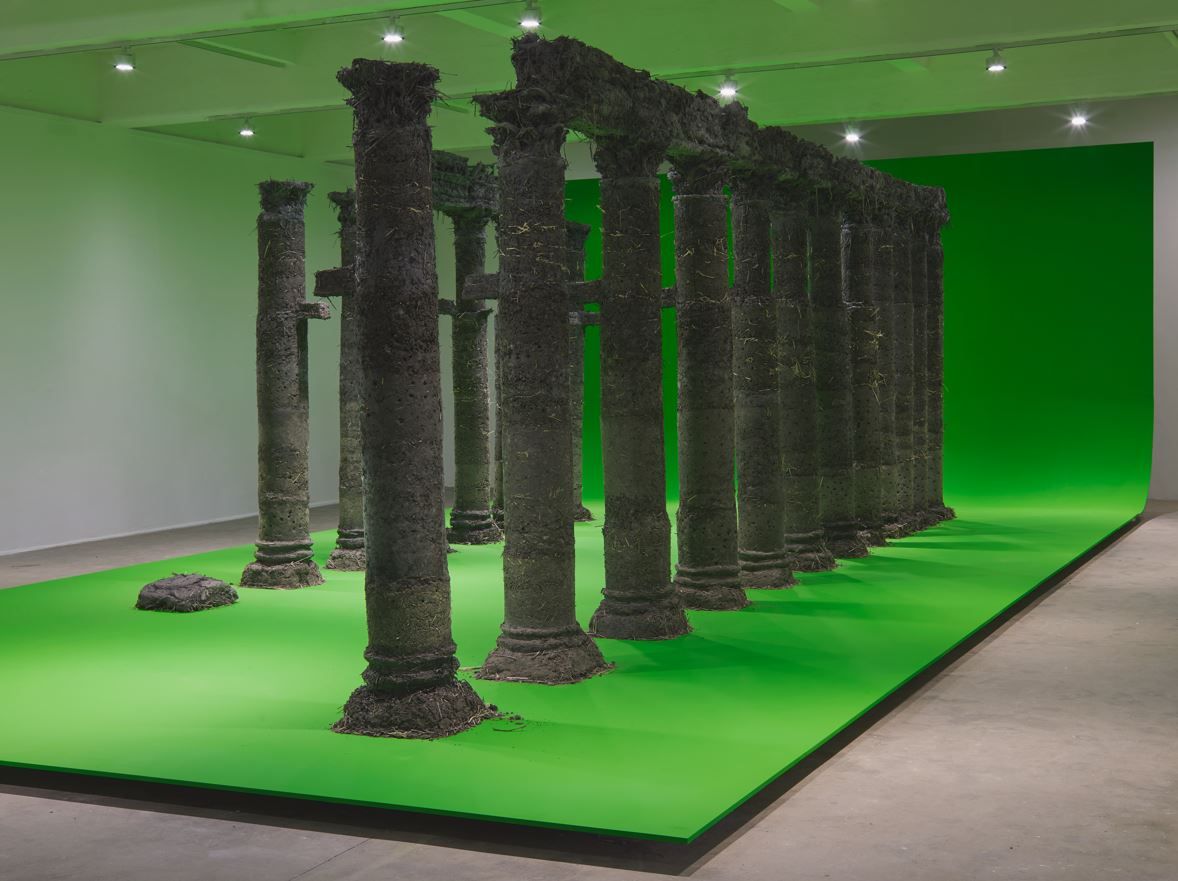

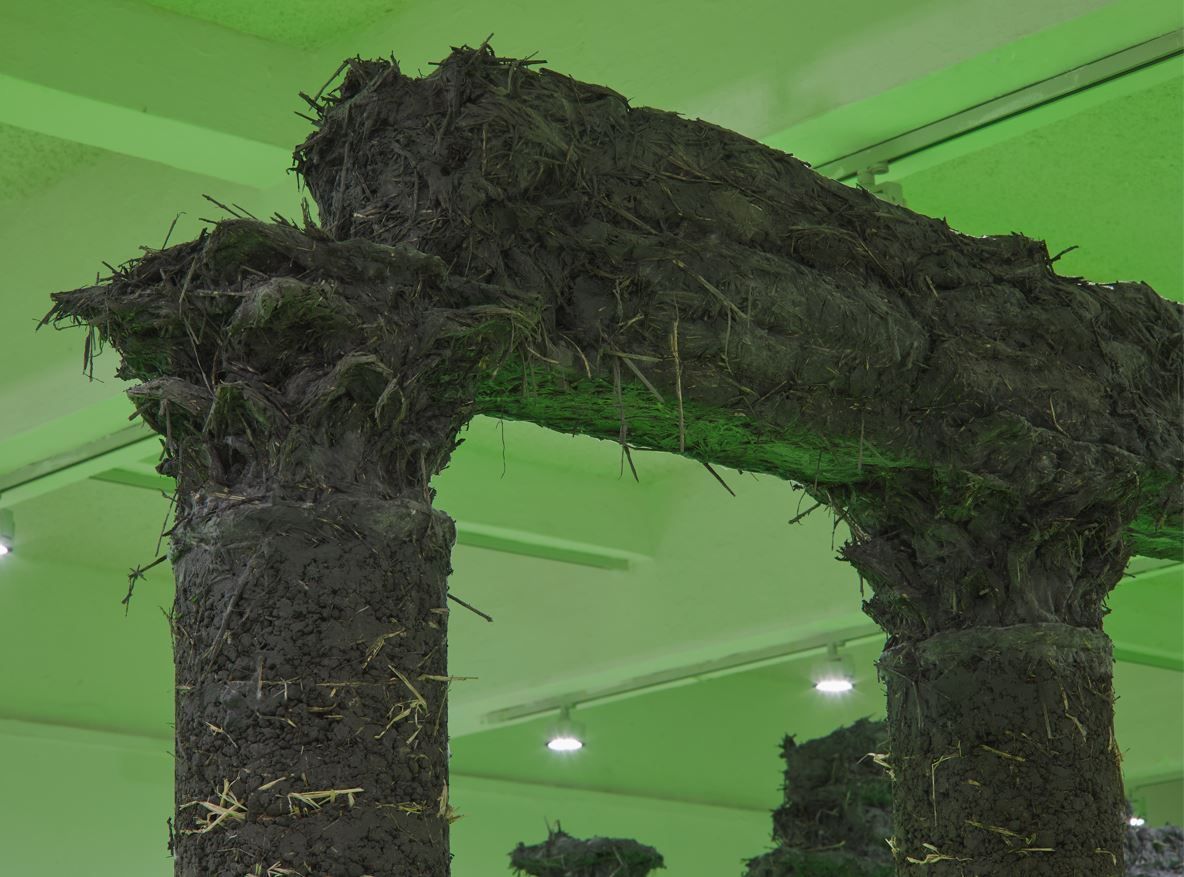
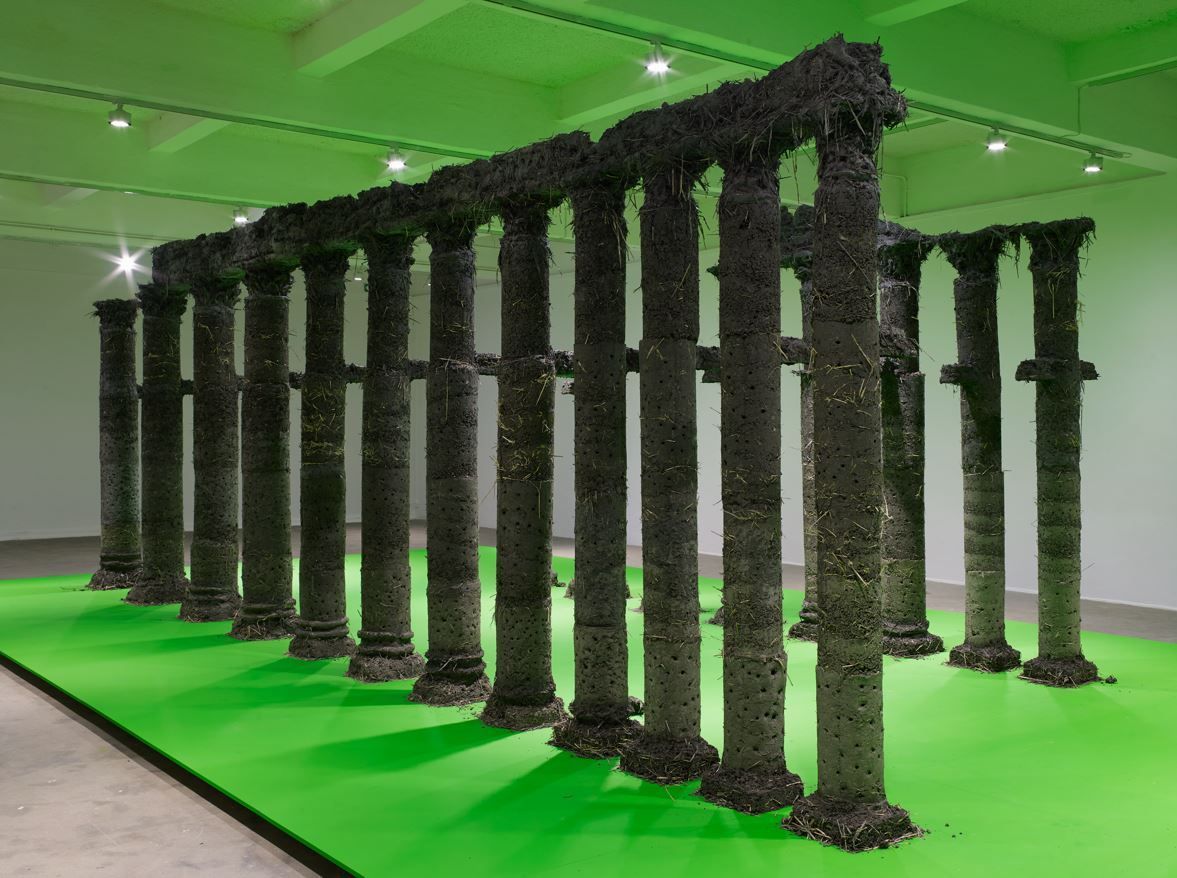
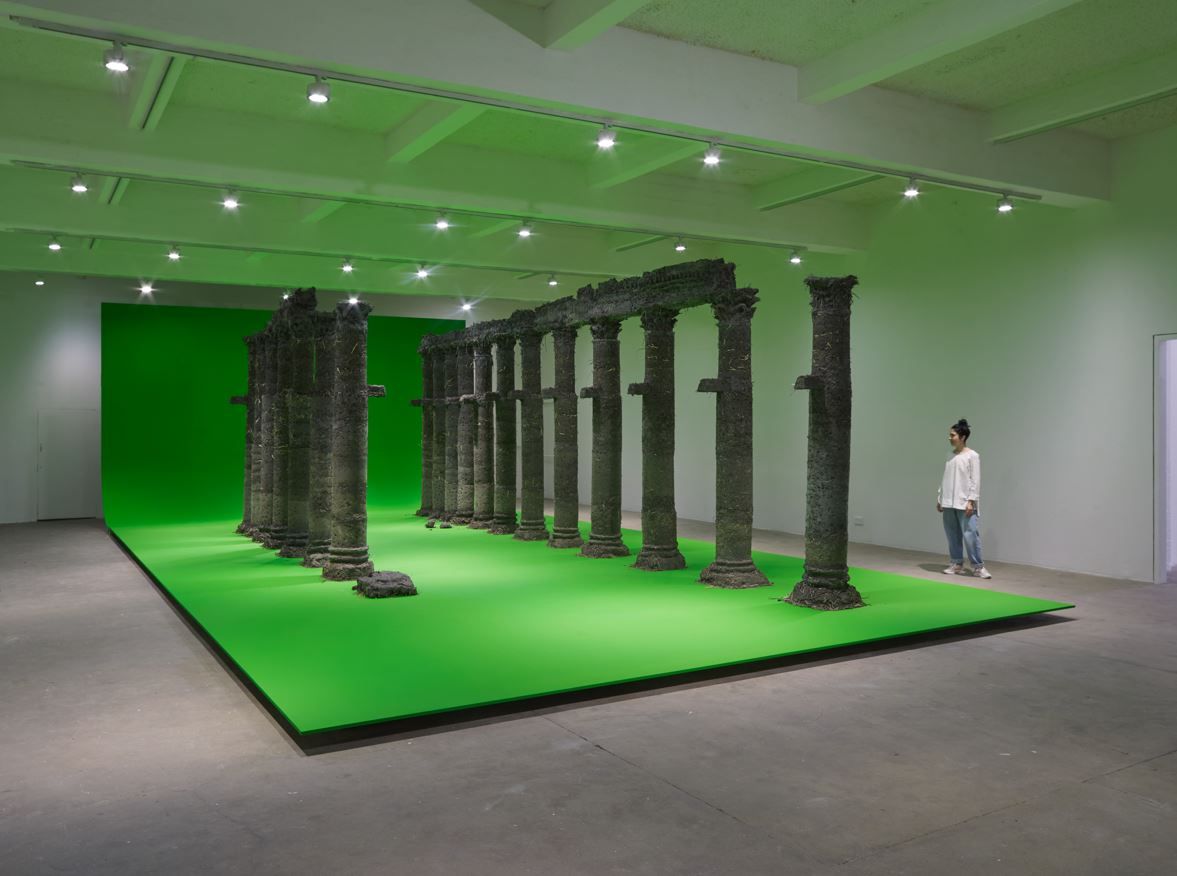
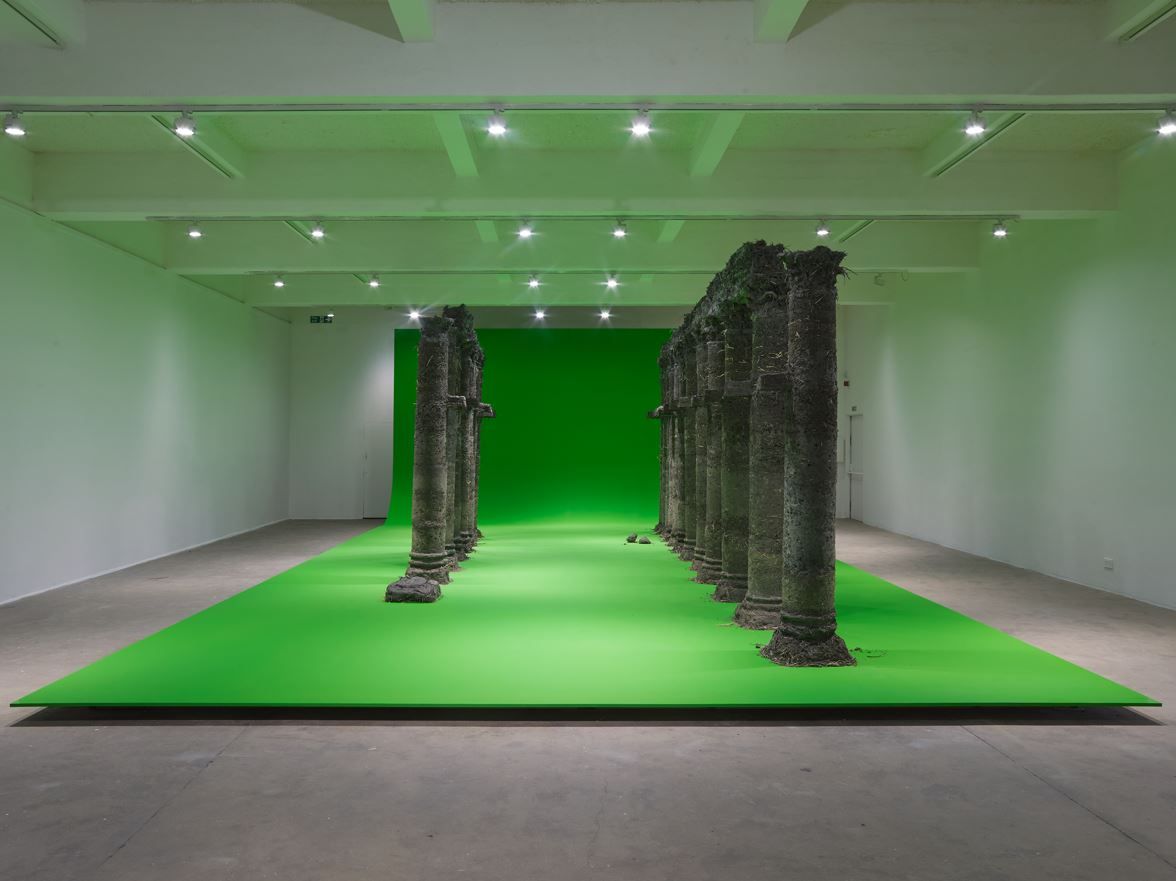
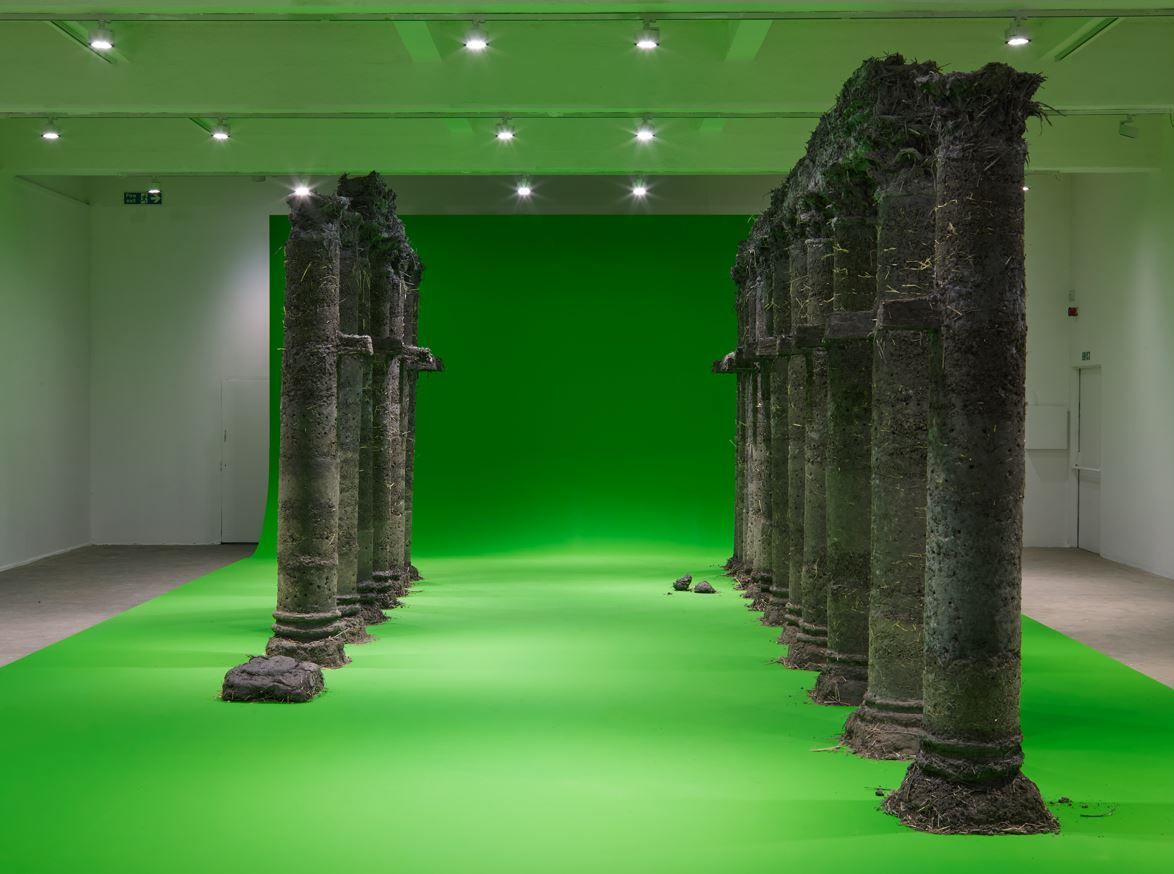
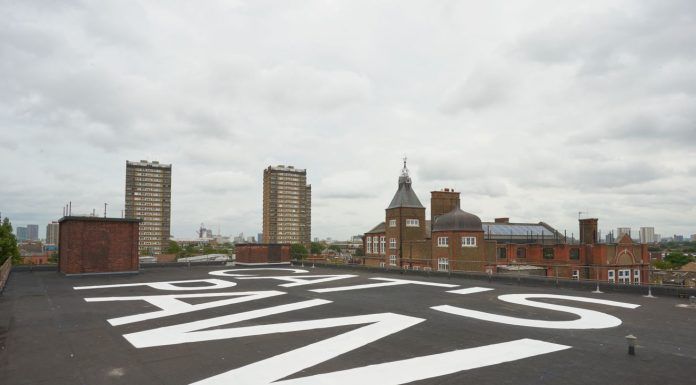
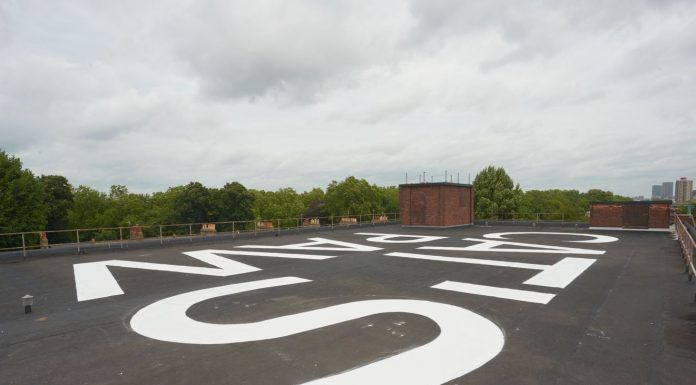


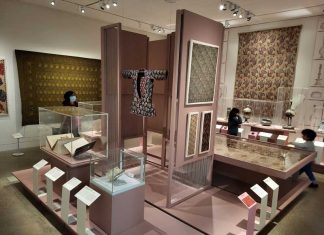
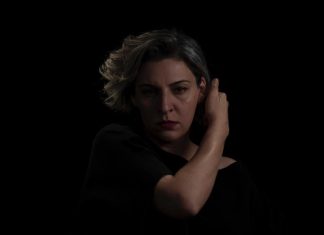
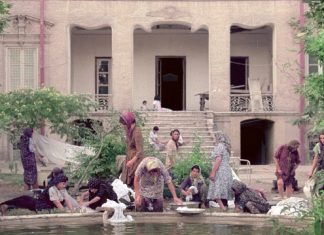
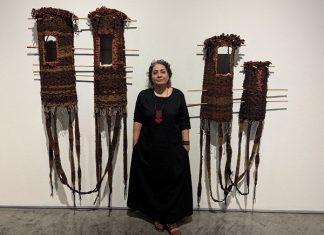
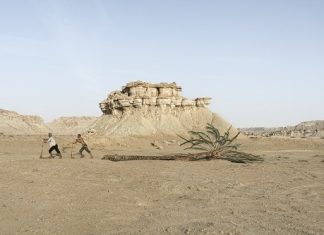
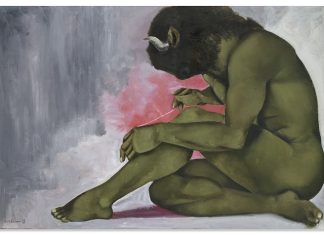

Went to the exibition fantastic !!! Ordered a few bits from the exibition but now I can’t get them a vase and bowl in the enamel is that true ?First I was told after the exibition you would still have gifts on show to buy but now I am told you are not getting any of the items I want !!